Future facing: Byredo makeup remodels modern beauty
Byredo founder Ben Gorham and make-up artist Isamaya Ffrench share the story behind their experimental new cosmetics line
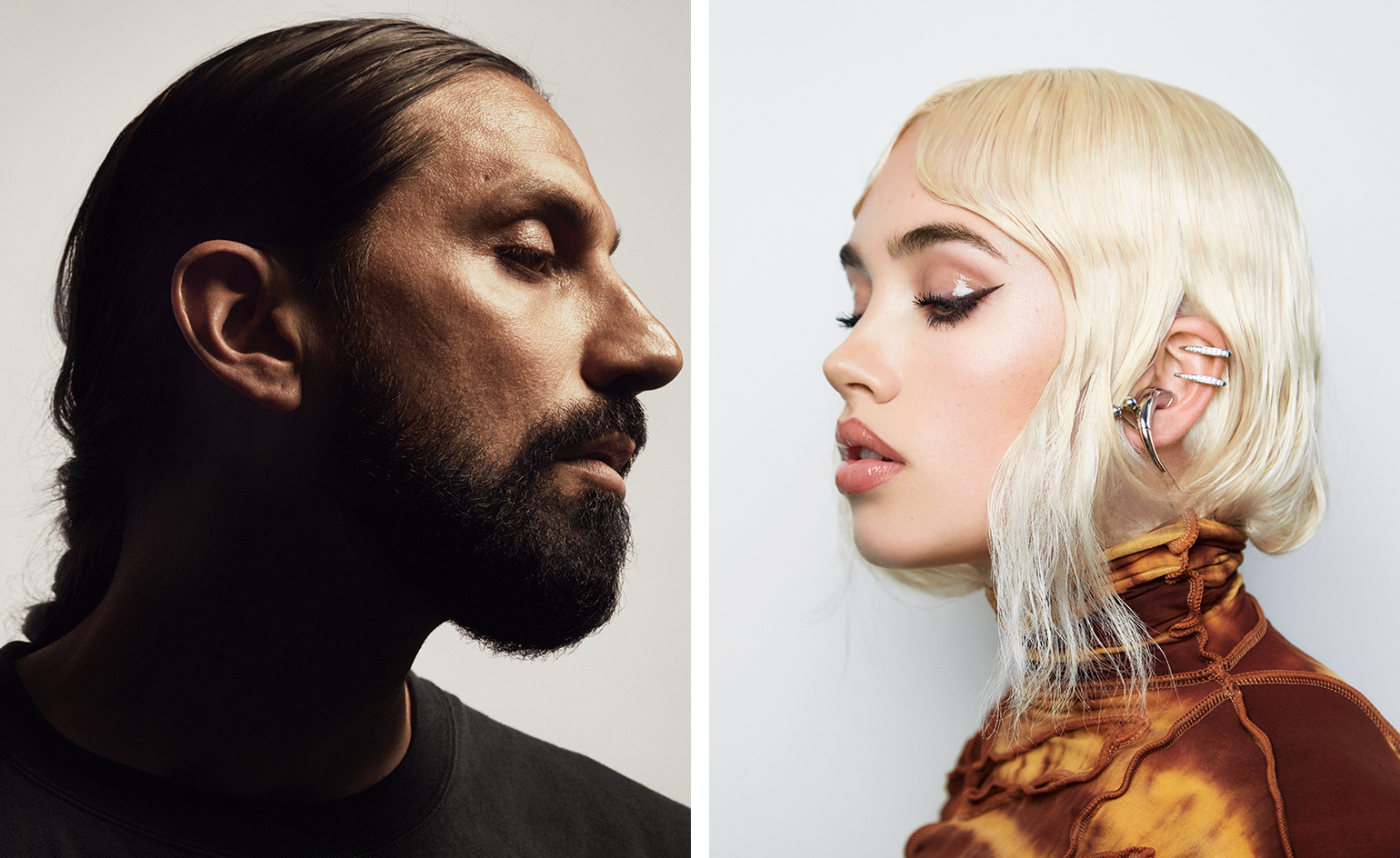
George Harvey - Photography
Byredo is a brand that has always defied easy categorisation. Founded by former basketball player Ben Gorham in 2006 as a fragrance house, Byredo quickly gained a cult following for its sleek, minimal packaging and narrative-driven scents, with inspirations as far-ranging as First World War field nurses and an Inez & Vinoodh photograph. Since then, Gorham has expanded the Byredo universe to include clothing, eyewear, leather goods, jewellery and, from October 2020, make-up.
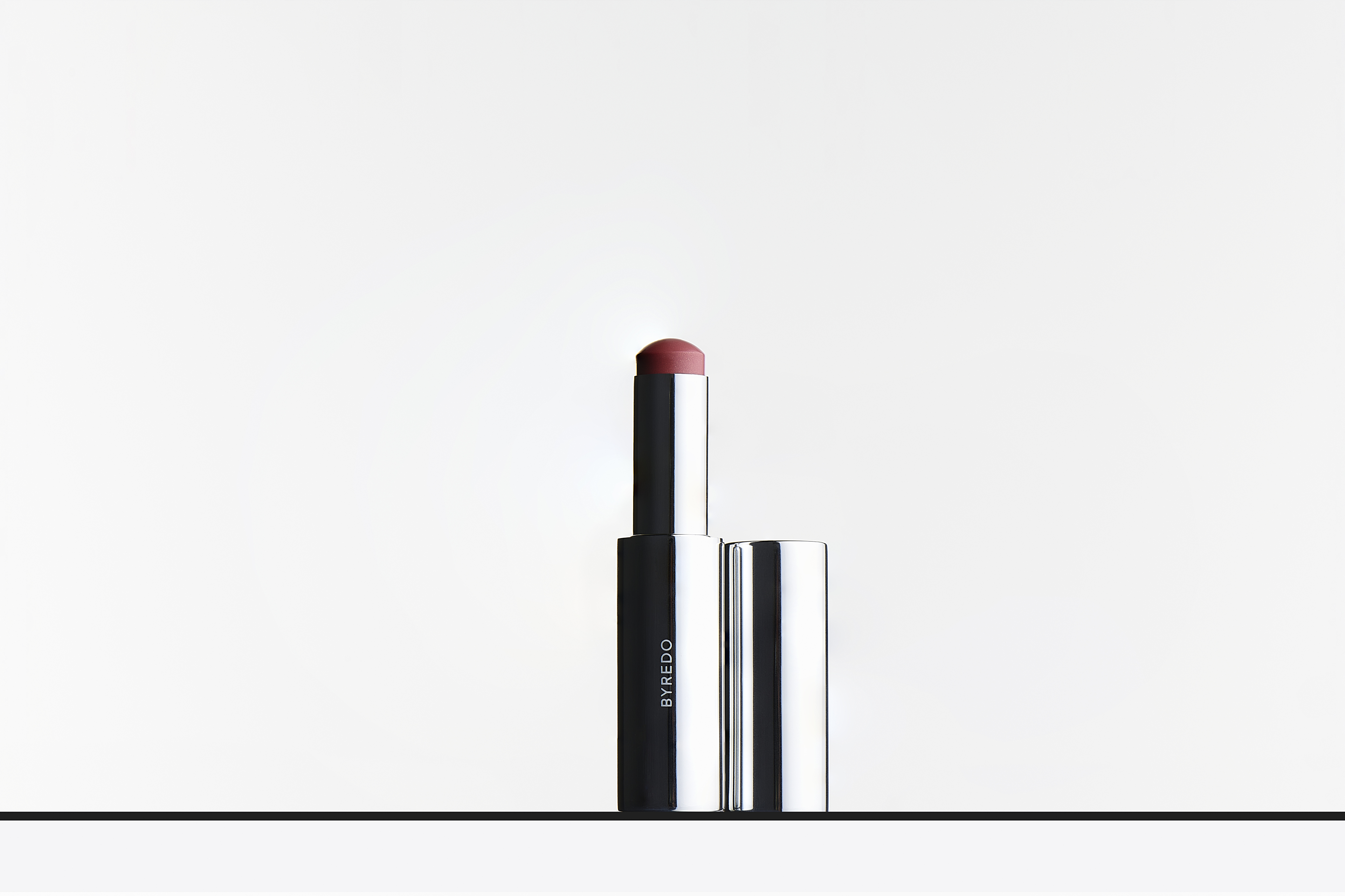
Byredo colour stick. Photography: George Harvey.
To bring his cosmetics project to fruition, Gorham enlisted the help of British make-up artist Isamaya Ffrench, who, in addition to working with the likes of Burberry, Yves Saint Laurent and Tom Ford, is known for subverting classic interpretations of beauty, instead exploring the mutable nature of the human face using prosthetics and digital technology. This includes working with an animatronics company to give a dinosaur-like beak to a model for a high fashion spread, and employing an AI system to analyse 17,000 Instagram images of ‘beauty’ in order to generate slightly disconcerting images that were then applied to a celebrity cover star’s face. In these ways and more, she creates unconventional cosmetic looks within familiar commercial contexts to reveal how fragile and fabricated our perceptions of beauty are.

Byredo lip balm. Photography: George Harvey.
For Gorham, this true ‘outsider perspective’ made her well-suited to translating Byredo’s idiosyncratic ethos into a cosmetics line. Colour, its variations and usages, served as a foundational element of Gorham and Ffrench’s collaboration. ‘I remember looking at a lot of editorial images, landscape photography, all sorts of creative imagery, and literally picking pixels of colour that I really loved,’ says Ffrench. ‘This then became the Byredo colour library. Ben and I would sit down together and see which colours resonated most with us and which would work for the make-up.’

Byredo lipstick. Photography: George Harvey.
Conceptualising the brand through colour allowed Gorham and Ffrench to rethink how certain shades are typically applied to the face. With tools like its ‘colour sticks’, which can be freely applied to any area and layered for stronger or lighter impact, the face becomes more of a canvas for an expressionistic application of colours rather than a paint-by-numbers grid to be filled in. The sticks are available in 16 shades, ranging from an electric candy floss pink to khaki green and kohl black. They suit all genders, skin tones and ages, and, depending on how they’re worn, can be seen as experimental or familiar.
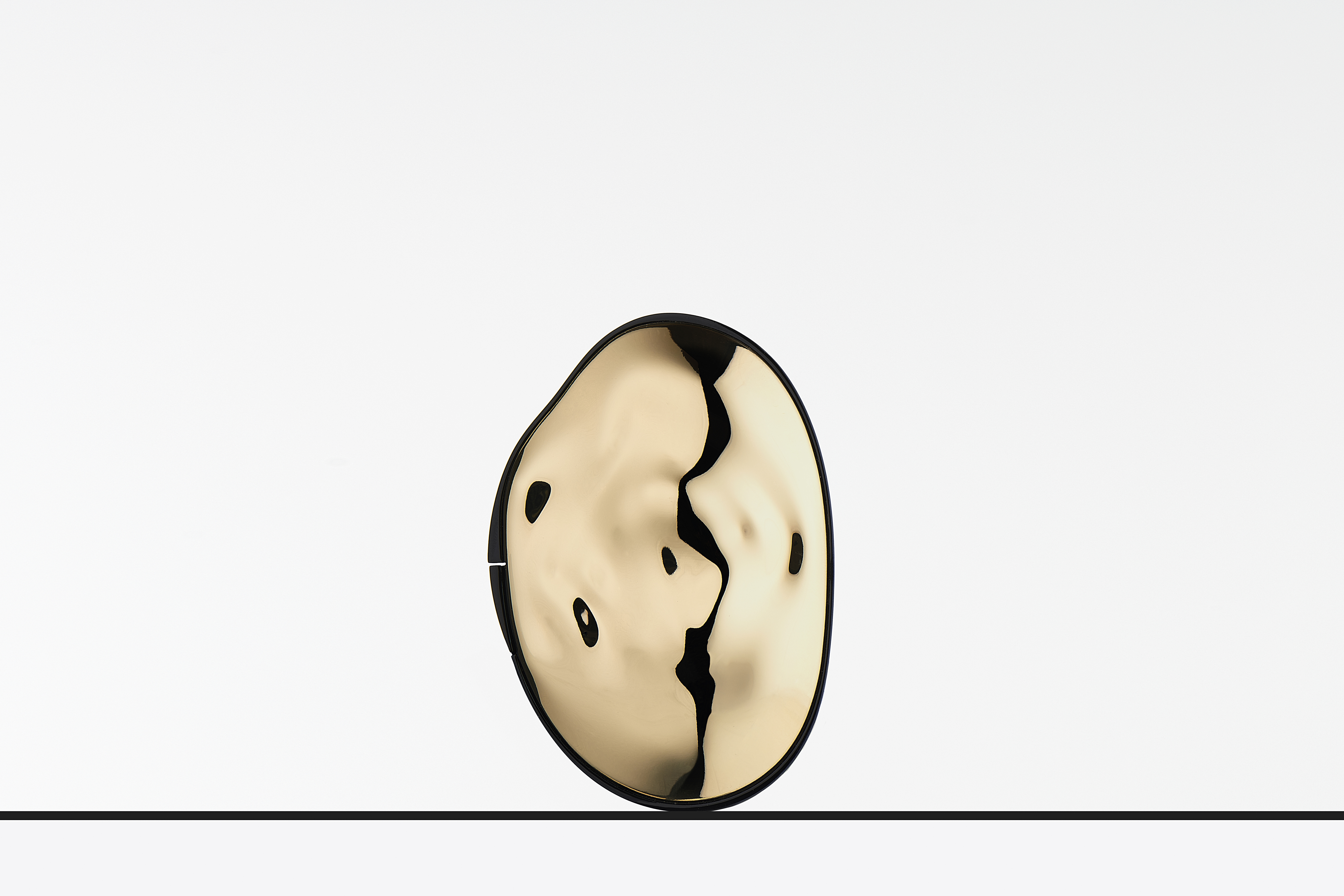
Byredo five-colour eyeshadow palette. Photography: George Harvey.
The colour sticks sit alongside the new line’s lipsticks, eyeshadow palettes, mascara, eyeliner and lip balm, all of which share the colour sticks’ playful shades and names (a neutral-tone eyeshadow palette is called Corporate and a fiery red lipstick is called Divorce). The space-age packaging also reflects the brand’s designs for the future. ‘I interpreted Isamaya’s universe into these physical objects,’ says Gorham.’ She had a very clear idea of colour curation and I wanted these objects to look like a curation of objects. Not one design study, or one signature design, and not off the shelf. I started to apply the same process and theories that I’ve used previously in Byredo when developing products.’
The line’s otherworldly appearance is mirrored in the campaign image by Jesse Kanda, which depicts a lone, multihued, alien-like figure. ‘I found that in the beauty industry, it was very dictating, it was very linear in saying, “buy this or this, and look like this”, which I didn’t relate to,’ says Gorham. ‘So my idea was not just to go paint a picture of my peers. It was to be inclusive, to the point of saying that this can be anything to anybody. That’s how we approached it from the start.’
INFORMATION
Receive our daily digest of inspiration, escapism and design stories from around the world direct to your inbox.
A version of this story appeared in the October 2020 issue of Wallpaper*, guest edited by Design Emergency. A free PDF download of the issue is available here
Mary Cleary is a writer based in London and New York. Previously beauty & grooming editor at Wallpaper*, she is now a contributing editor, alongside writing for various publications on all aspects of culture.
-
 Sculptor Woody De Othello paints a Miami museum red for a show that ‘almost hugs you’
Sculptor Woody De Othello paints a Miami museum red for a show that ‘almost hugs you’The Miami-born, California-based artist opens his first museum exhibition in his hometown as an experiential journey through life and lifeless objects
-
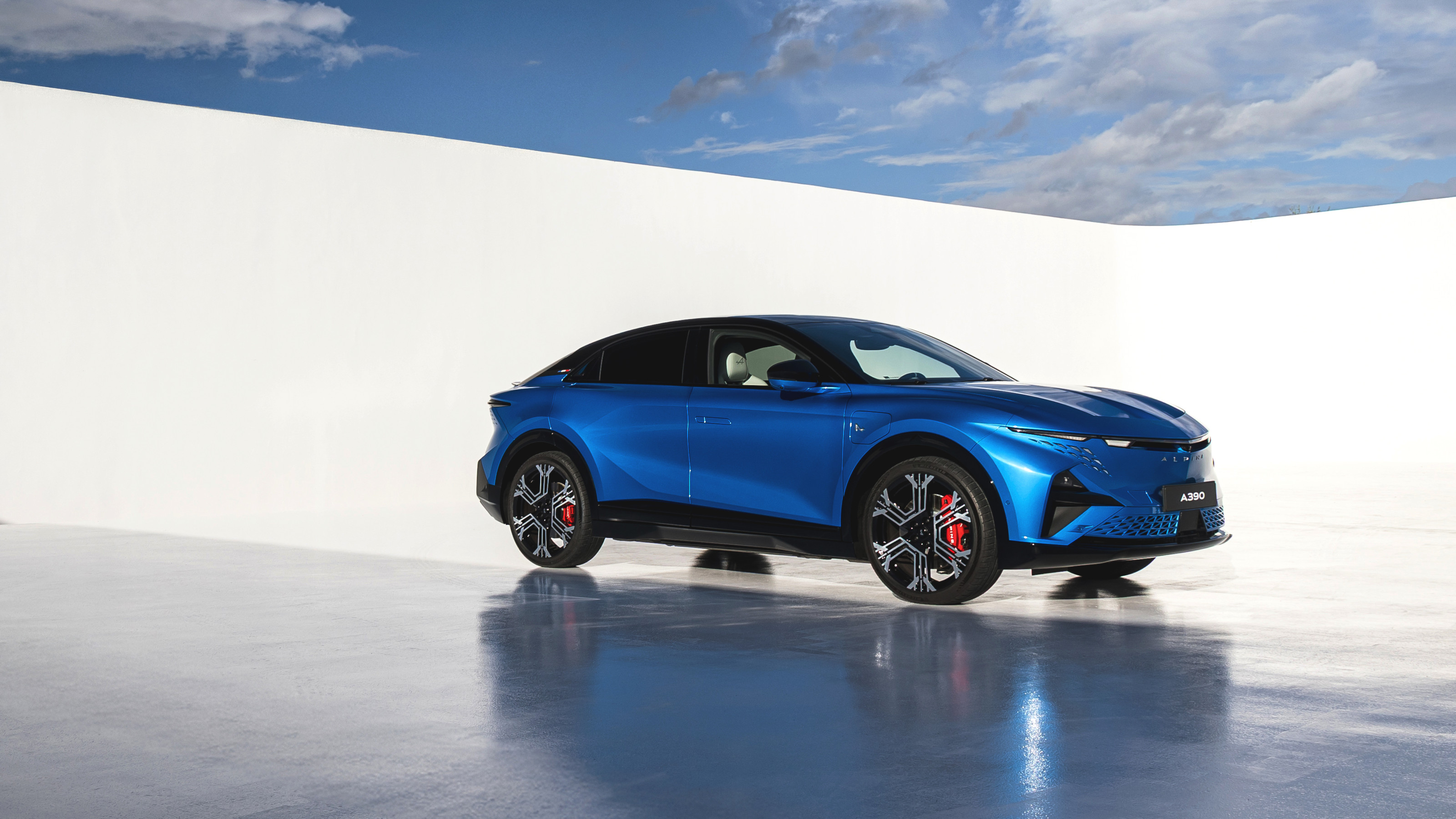 Alpine A390 GT: French, fast and fun. A sporting EV with a real sense of occasion
Alpine A390 GT: French, fast and fun. A sporting EV with a real sense of occasionAlpine doubles down on its fast electric credentials with the A390 GT, the French performance brand’s largest car to date
-
 Forget smart homes, Doma's 'intelligent' doors open at the sight of a familiar face
Forget smart homes, Doma's 'intelligent' doors open at the sight of a familiar faceYves Béhar and Jason Johnson have founded Doma, a tech start-up dedicated to seamlessly integrating tech into your daily life
-
 Home fragrances to reset the mood of your living space
Home fragrances to reset the mood of your living spaceThese home fragrances will refresh and reset your living space for the year ahead, with scents by Frédéric Malle, Celine, Diptyque, and more
-
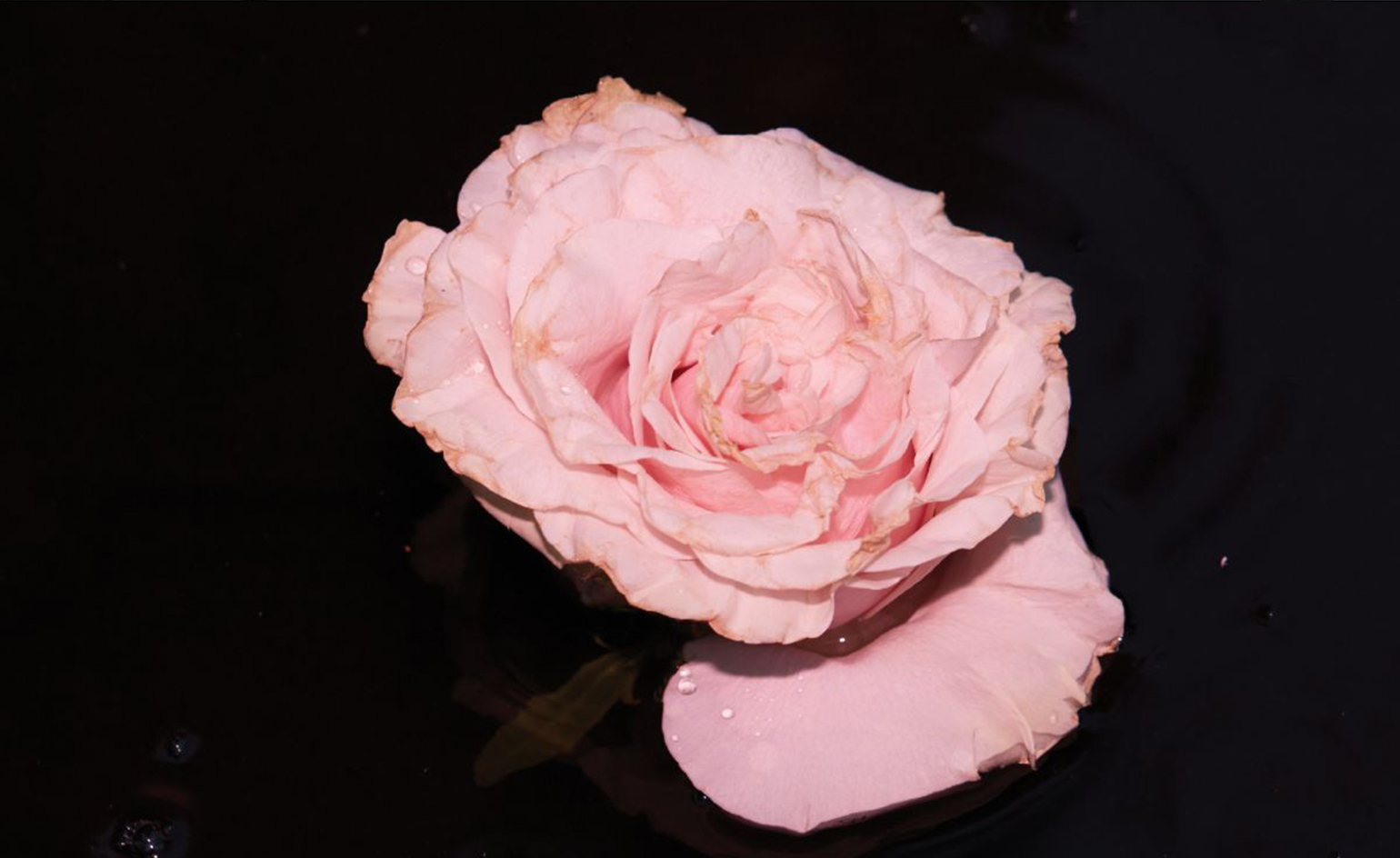 Reimagining roses: experimental takes on rose perfumes
Reimagining roses: experimental takes on rose perfumesRose perfumes – the most traditional of fragrances – are being given an unconventional edge by niche and big-name brands
-
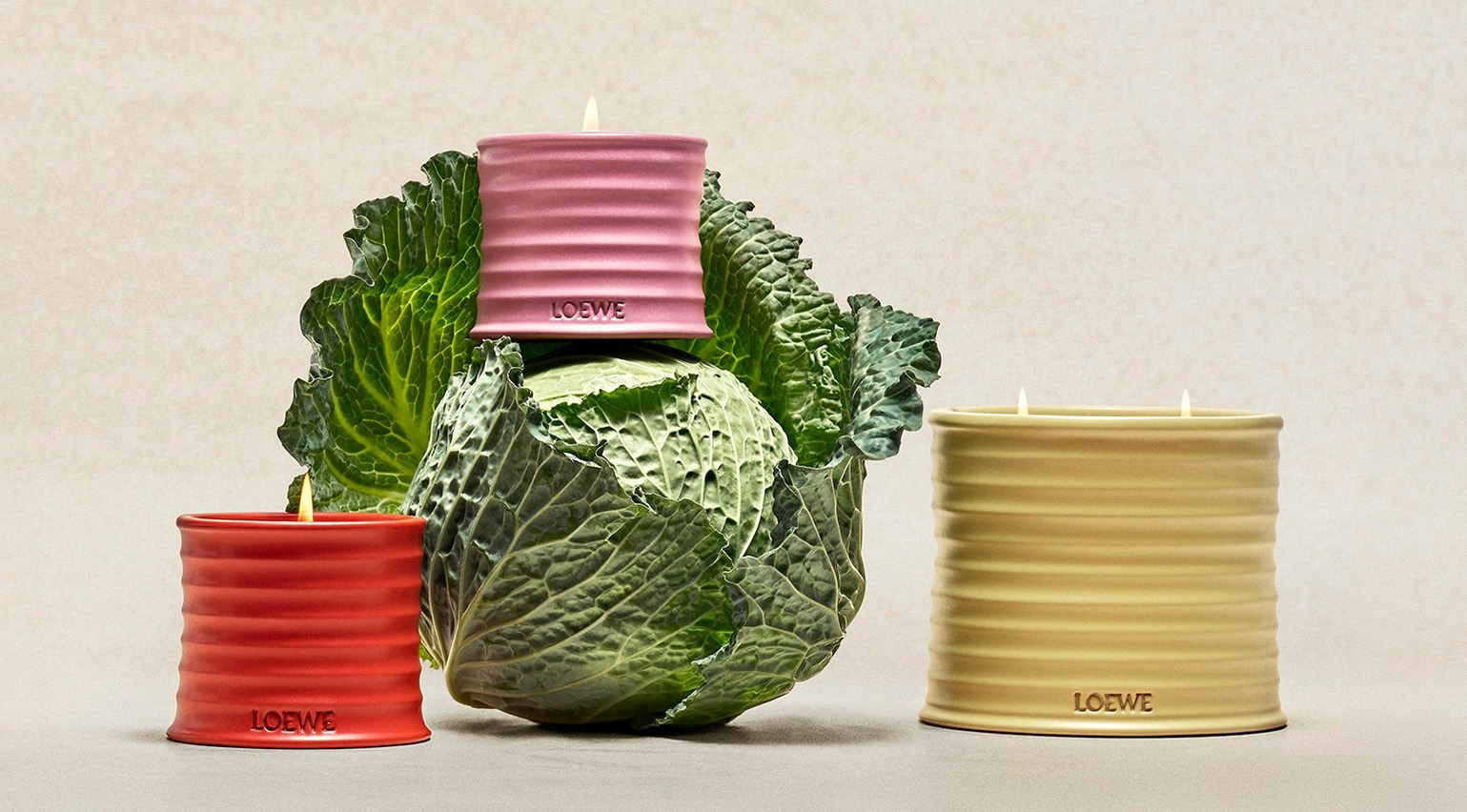 Luxury scented candles to intrigue the senses, as selected by Wallpaper*
Luxury scented candles to intrigue the senses, as selected by Wallpaper*The Wallpaper* edit of luxury scented candles spans from Celine and Bottega Veneta to Diptyque and Le Labo
-
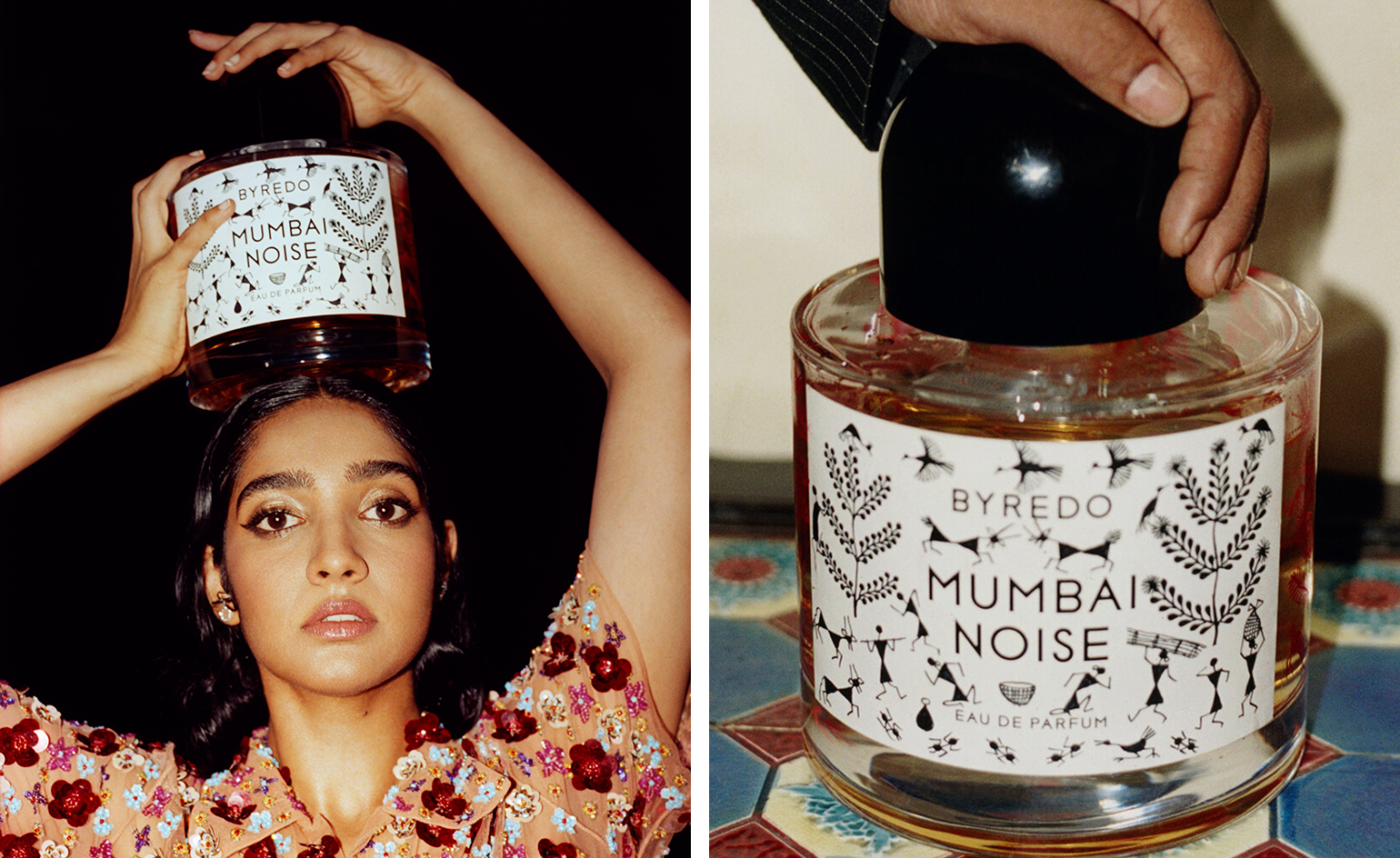 Ben Gorham on evoking a city in a scent: Byredo’s Mumbai Noise
Ben Gorham on evoking a city in a scent: Byredo’s Mumbai NoiseIn an exclusive interview, Byredo founder Ben Gorham discusses his Indian heritage, translating that personal history into scent, and why he feels it is important to champion the work of young artists
-
 Byredo and filmmaker Fenn O’Meally on identity and mixed emotions
Byredo and filmmaker Fenn O’Meally on identity and mixed emotionsByredo founder Ben Gorham on new fragrance launch, Mixed Emotions, and his collaboration with filmmaker Fenn O’Meally
-
 Travis Scott and Byredo relaunch fragrance collaboration
Travis Scott and Byredo relaunch fragrance collaborationThank your lucky stars that the ‘Space Rage’ perfume and candle are available again
-
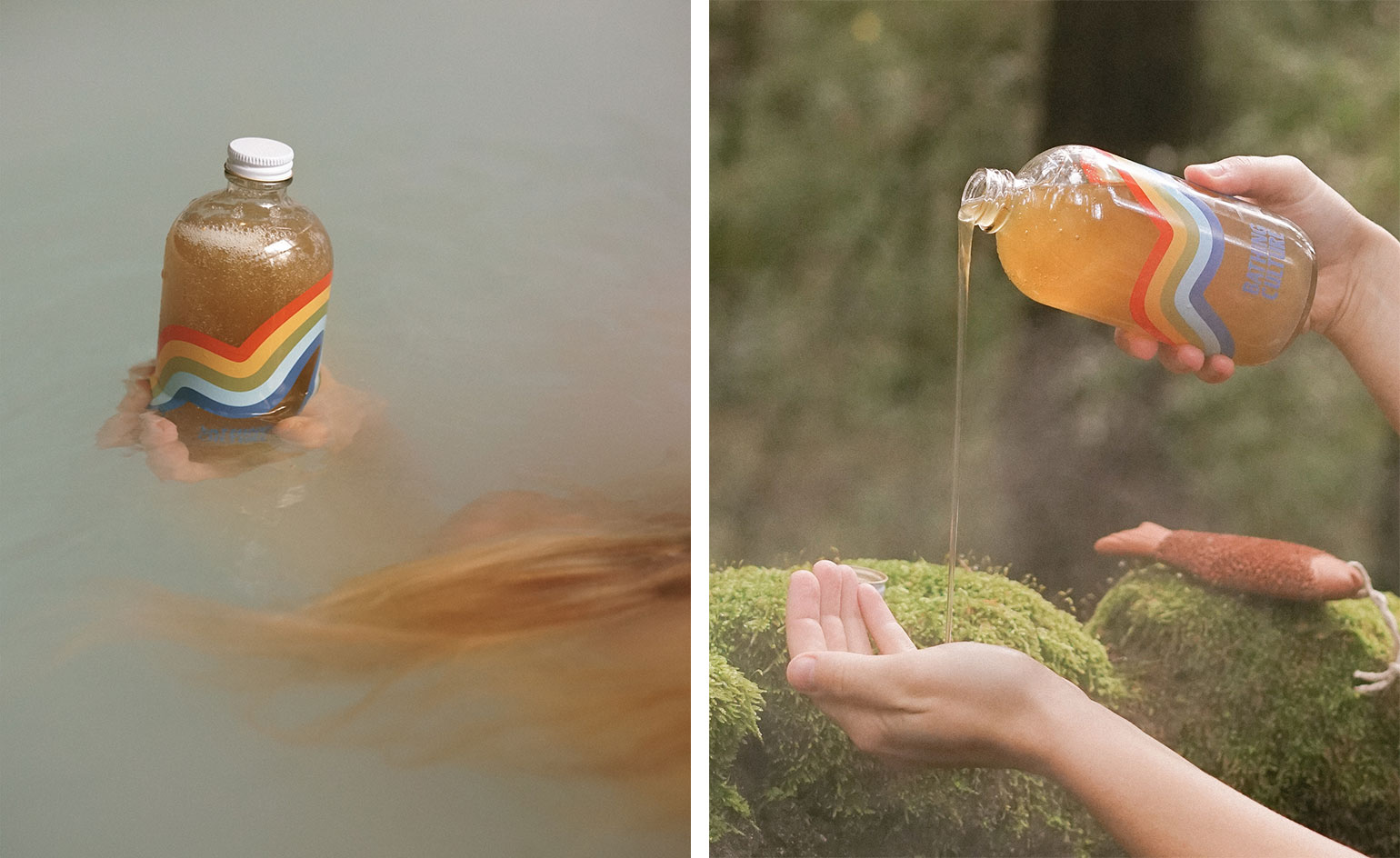 Fresh air: how to conjure the scent of the garden inside your home
Fresh air: how to conjure the scent of the garden inside your homeUse these naturally scented products to create a spring garden atmosphere in your domestic space
-
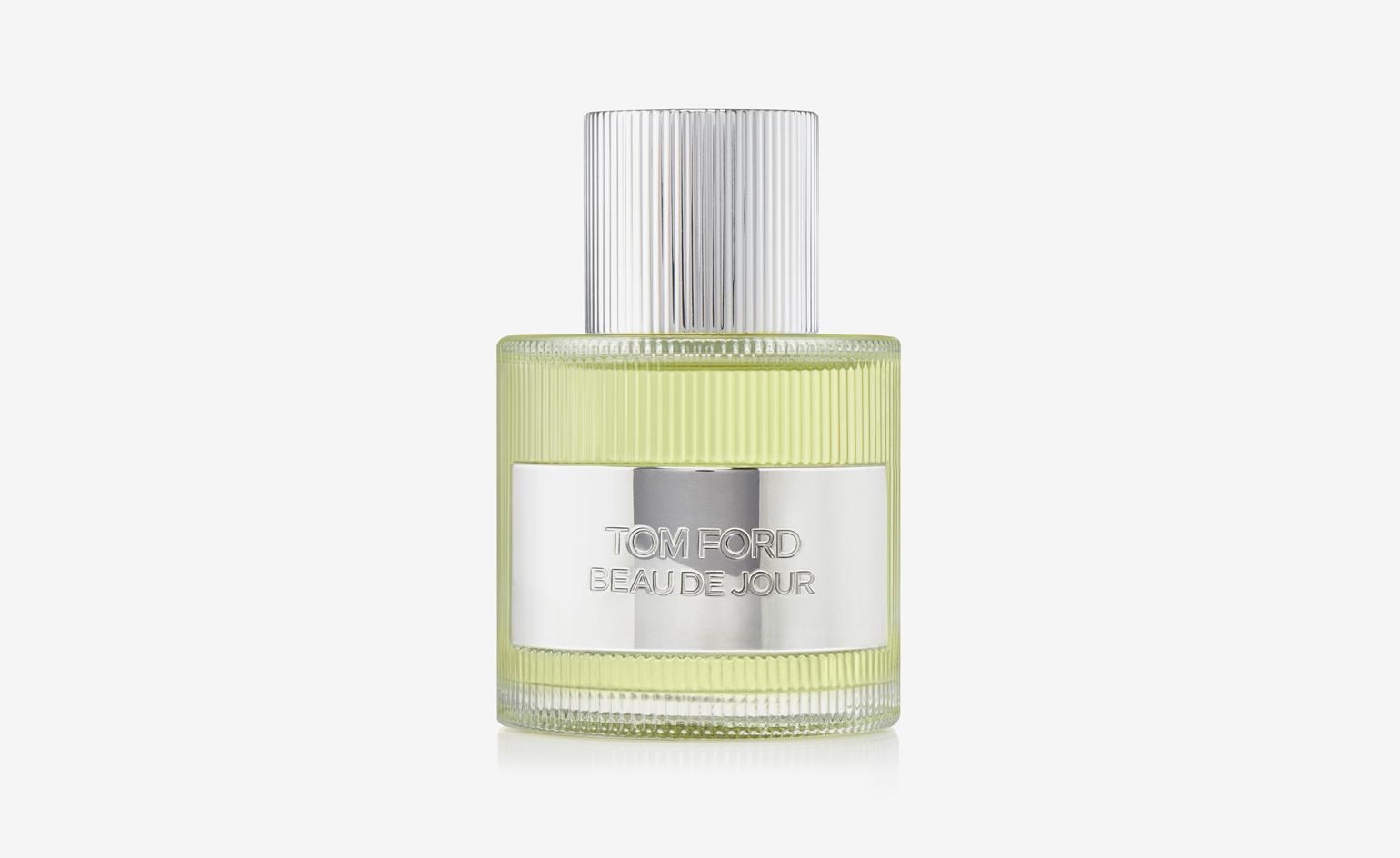 Beau de Jour: Tom Ford's fragrant ode to Old Hollywood
Beau de Jour: Tom Ford's fragrant ode to Old HollywoodTom Ford presents a modern take on the classic gentleman